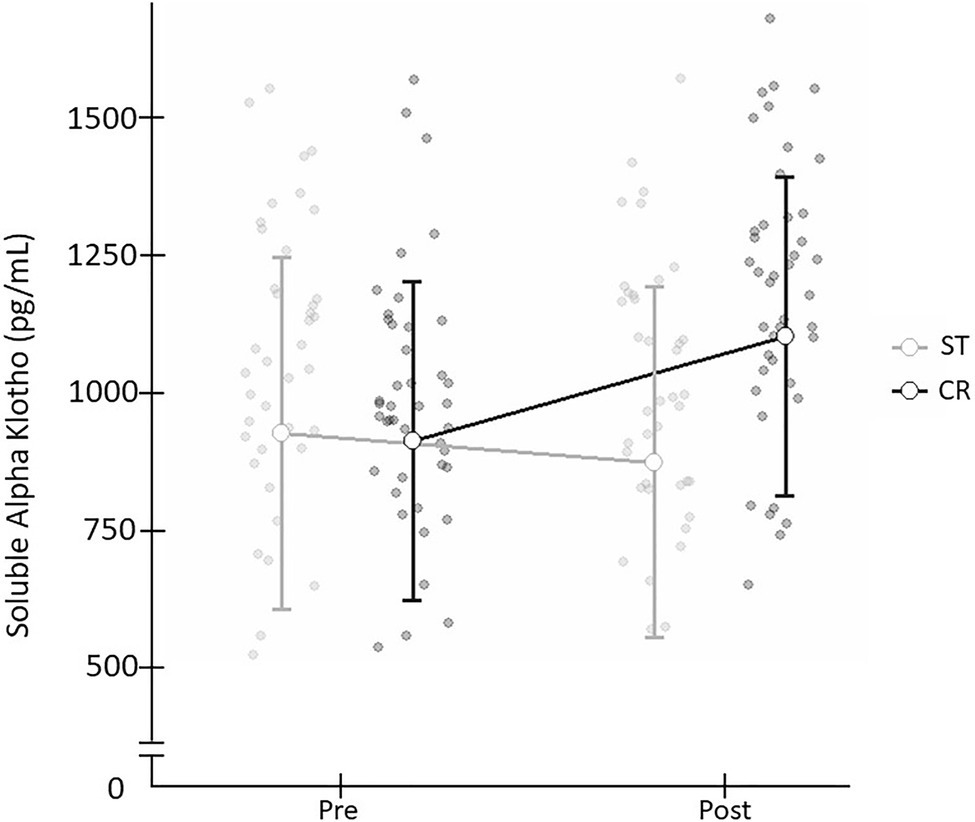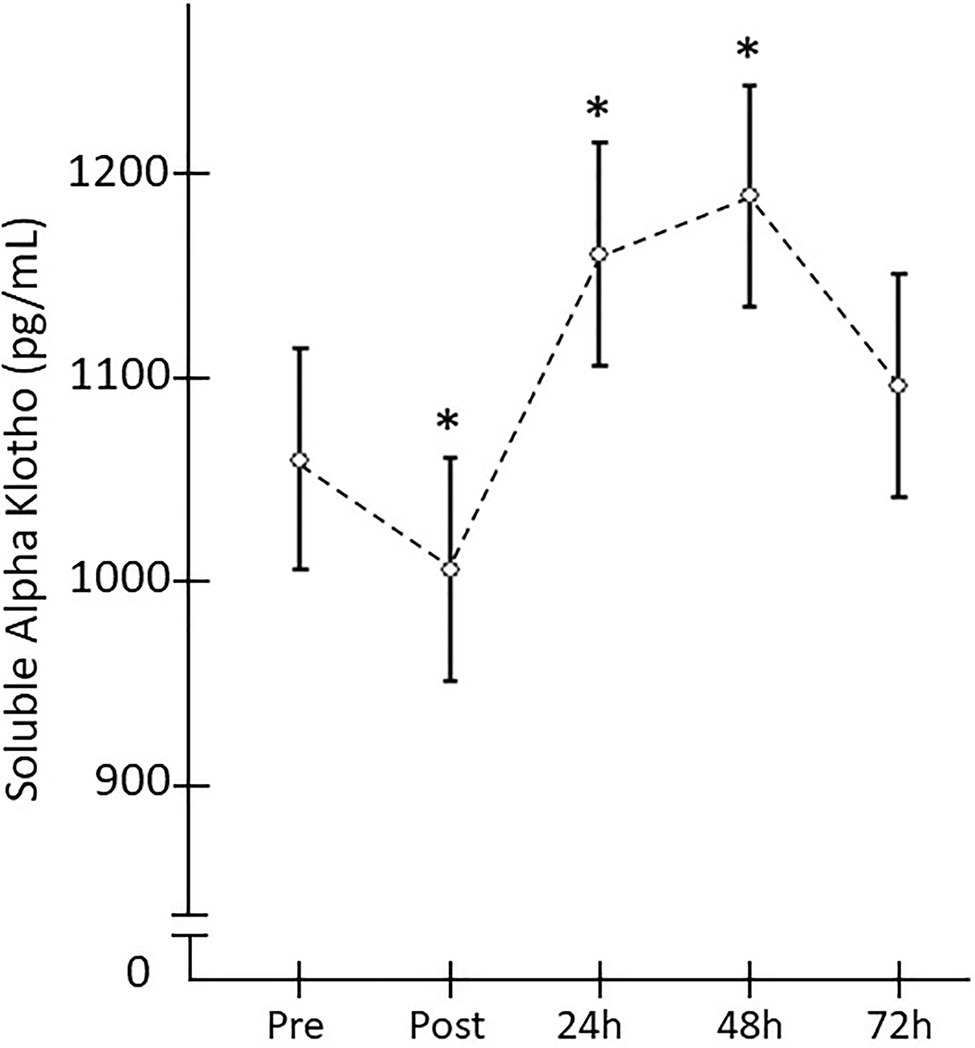Sprint and endurance training in relation to redox balance, inflammatory status and biomarkers of aging in master athletes
Thiago Santos Rosa Nitric Oxide Volume 102, 1 September 2020, Pages 42-51
Purpose
Studies have shown a positive influence of intense athletic training on several biomarkers of aging, but it remains unclear whether this influence is dependent of exercise-training-mode. This study compared redox balance, cytokine levels and biomarkers of aging between master sprinters and endurance athletes, as well as in young and middle-aged individuals as controls.
Methods
Participants were male master sprinters (SA, 50 ± 8.9yrs; n = 13) and endurance runners (EA, 53 ± 8.2yrs; n = 18) with remarkable athletic experience (~25yrs of practice), besides untrained young (YC, 22.7 ± 3.9yrs; n = 17) and age-matched controls (MC, 45.5 ± 9.8yrs; n = 12). Anamnesis, anthropometrics, biomarkers of aging, inflammation status and oxidative stress parameters were analyzed in all participants.
Results
An increased pro-oxidant activity (elevated protein carbonyl; isoprostanes and 8-OHdG) was observed for MC in comparison to remaining groups (p < 0.05). However, SA presented a better antioxidant capacity than both MC and EA, while nitrite/nitrate (NOx) availability was higher for EA and lower for the MC (p < 0.05). Both groups of athletes presented a better anti-inflammatory status than MC (increased IL-10 and lowered IL-6, sIL-6R, sTNF-RI), but worse than YC (increased TNF-α, sTNF-RI, and sIL-6R) (p < 0.05). Telomere length was shorter in MC, which also had lower levels of irisin and klotho, and elevated FGF-23 (p < 0.05). ADMA levels were higher in MC and SA, while irisin was lower in EA when compared to SA and YC (p < 0.05).
Conclusion
Master athletes presented better redox balance and inflammatory status, with decreased biomarkers of aging compared to control. Regarding exercise mode, a better NO- profile, as a marker of endothelial function, was observed for EA, whereas SA had a better redox balance, cytokines profile and attenuated biomarkers of aging.















